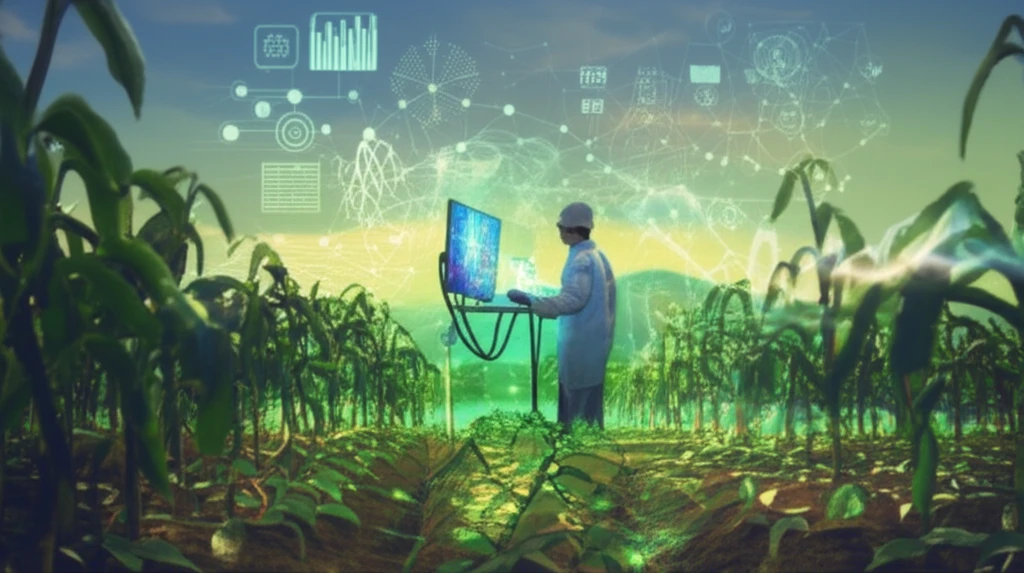
Nitrous Oxide Emissions: Uncovering Agricultural Impacts and Mitigation Strategies
"A Deep Dive into the Science Behind N₂O Production and Reduction in Farming Practices"
While carbon dioxide often takes center stage in discussions about greenhouse gases, nitrous oxide (N₂O) is a significant contributor to climate change. N₂O's warming potential is over 300 times greater than CO2, and it can persist in the atmosphere for over a century, making it crucial to understand and mitigate its sources.
Agriculture is a primary source of human-caused N₂O emissions, stemming from fertilizer use, crop residue breakdown, and animal waste. The challenge lies in the variability of N₂O production, influenced by a complex interplay of soil characteristics, weather patterns, carbon sources, and other environmental factors.
Recent research featured in the Journal of Environmental Quality (JEQ) and the Soil Science Society of America Journal (SSSAJ) sheds light on various aspects of N₂O emissions. These studies underscore the importance of accurate N₂O measurement and a comprehensive understanding of how management practices and environmental conditions impact N₂O flux.
Unlocking the Secrets of Soil Oxygen Dynamics

The biological processes of denitrification and nitrifier-denitrification are the primary drivers of N₂O production in soils. These processes are heavily influenced by soil properties, particularly oxygen availability. According to Jen Owens, a Ph.D. graduate from Lincoln University, N₂O production tends to increase when soil oxygen concentrations decrease, given the availability of nitrogen for microbial metabolism.
- Field Study Insights: A field study conducted in 2014 on an ungrazed perennial ryegrass pasture revealed that poorly drained soils are more susceptible to decreased oxygen concentrations when soil moisture increases, leading to higher rates of N₂O production.
- Urine Patch Impact: Simulated urine patches in the study exhibited 16 times greater daily N₂O fluxes compared to soils without urine. These patches, when flooded, demonstrated how readily nitrogen is converted to N₂O when soil oxygen levels drop in poorly drained areas.
- Correlation between Diffusivity and Emissions: The study reinforced the hypothesis that soil oxygen and gas diffusivity are correlated with N₂O emissions. As relative diffusivity of oxygen decreases with increased soil water content, N₂O fluxes increase.
Taking Action for a Sustainable Future
Addressing nitrous oxide emissions in agriculture requires a multi-faceted approach. By understanding the complex interplay of soil dynamics, carefully managing manure applications, and strategically implementing cover crops, we can mitigate N₂O emissions and promote a more sustainable agricultural system. Continued research and innovation are essential to refine these strategies and adapt them to diverse environmental conditions and farming practices.
